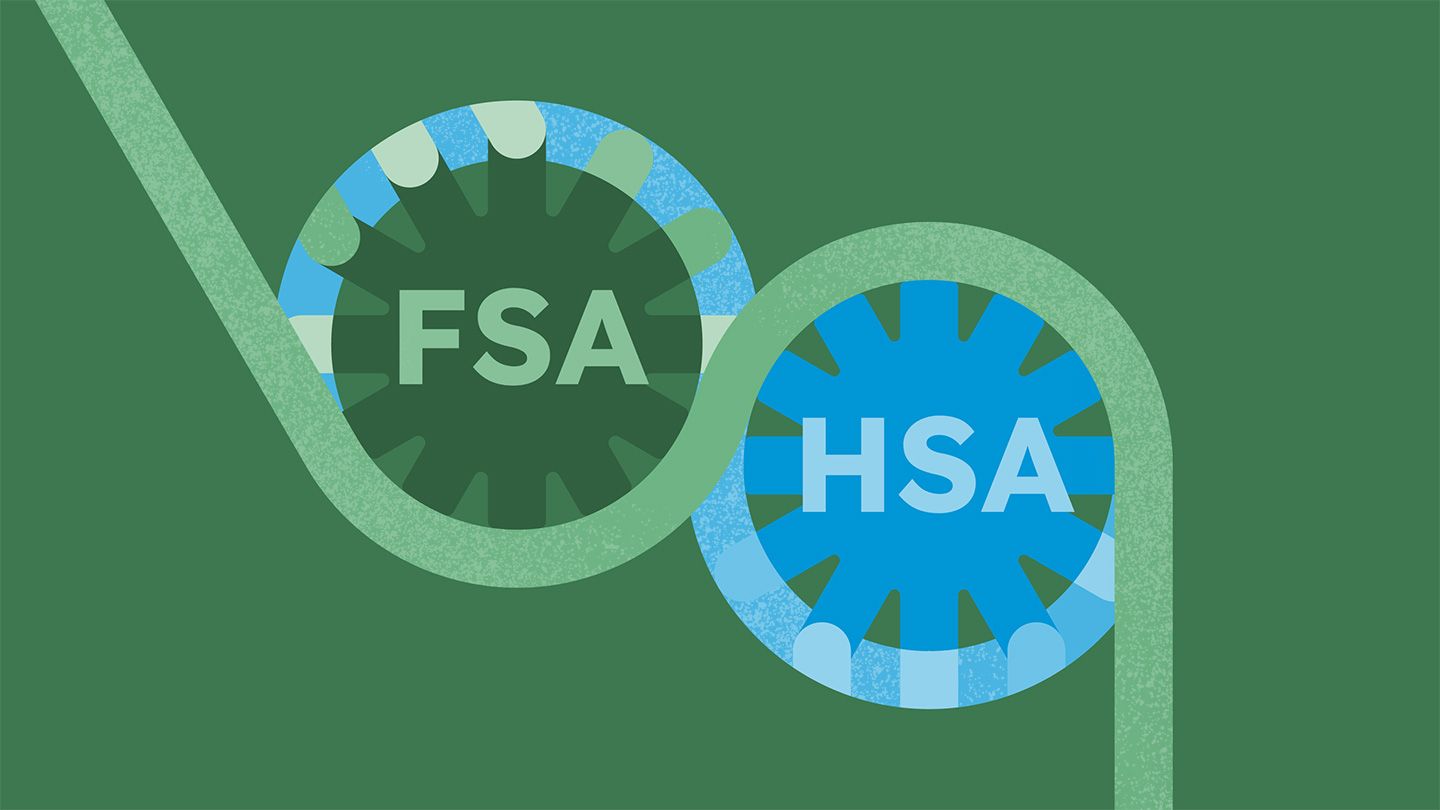An FSA is a workplace account that you get from your employer. It lets you save pretax income to use for medical expenses. It’s more like a spending account than a savings account, though: Typically, you must use the money you contribute within a year or you lose it.
How Does It Work?
At the beginning of the year, you decide how much money you want to put in your FSA. Your employer takes that amount out of your paycheck before the taxes on your earnings. You can use the money in your FSA to pay for qualified medical expenses throughout the year. Employers can also contribute to FSAs, but they aren’t required to do so.
The big advantage of an FSA is that you don’t pay federal, state, or Social Security taxes on the money you contribute and spend on medical purposes. FSAs can also be used alongside any type of employer health plan.
A disadvantage is that you can’t invest or earn interest on FSA funds. Moreover, if you don’t use all the money you deposit or you leave your job before spending it, you will likely lose it.
What Can FSA Funds Be Used For?
FSA funds can be used for qualified medical expenses, including the following:
- Doctor’s visits, hospital stays, and copays
- Deductibles and coinsurance
- Medications and medical supplies
- Glasses and eye exams
- Dental work
- Mental health services
You can’t use money from an FSA to pay insurance premiums, which are the payments you make each month to keep your insurance policy active. You might not be able to use FSA money for expenses like cosmetic procedures, supplements, and gym memberships.
What’s the Max You Can Contribute to an FSA?
The amount of money that you can put into an FSA is capped. In 2025, the limit is $3,300, but your employer can set a lower limit. If your spouse is offered an FSA, they can also contribute up to $3,300. The household FSA cap for 2025 is $6,600.
Even if you don’t put any money into your FSA, your employer can still contribute up to $500. However, pretax contributions from an employer that are more than $500 are restricted to a dollar-for-dollar match. That means you would have to contribute $1,000 for your employer to be allowed to chip in that same amount.
What Happens to Unused Funds?
Typically, FSAs have a use-it-or-lose-it policy, so any money that’s left over at the end of the calendar year is gone. That’s why it’s important that you only contribute an amount that you think you will spend.
However, there are exceptions. Some employers offer grace periods of up to two and a half months to use the money in the account. Others let employees carry over a portion of the unused money. The Internal Revenue Service (IRS) determines the maximum amount that can be carried over each year. Up to $660 can be carried over from 2025 to 2026.
Who Is an FSA Best For?
An FSA might be a good option if you meet any of these conditions:
- Have an employer that offers this benefit
- Want to save pretax income
- Can somewhat predict what your health costs will be
- Have a regular income
- Can plan ahead
Read the full article here




